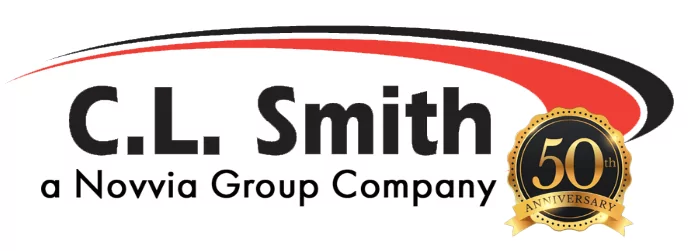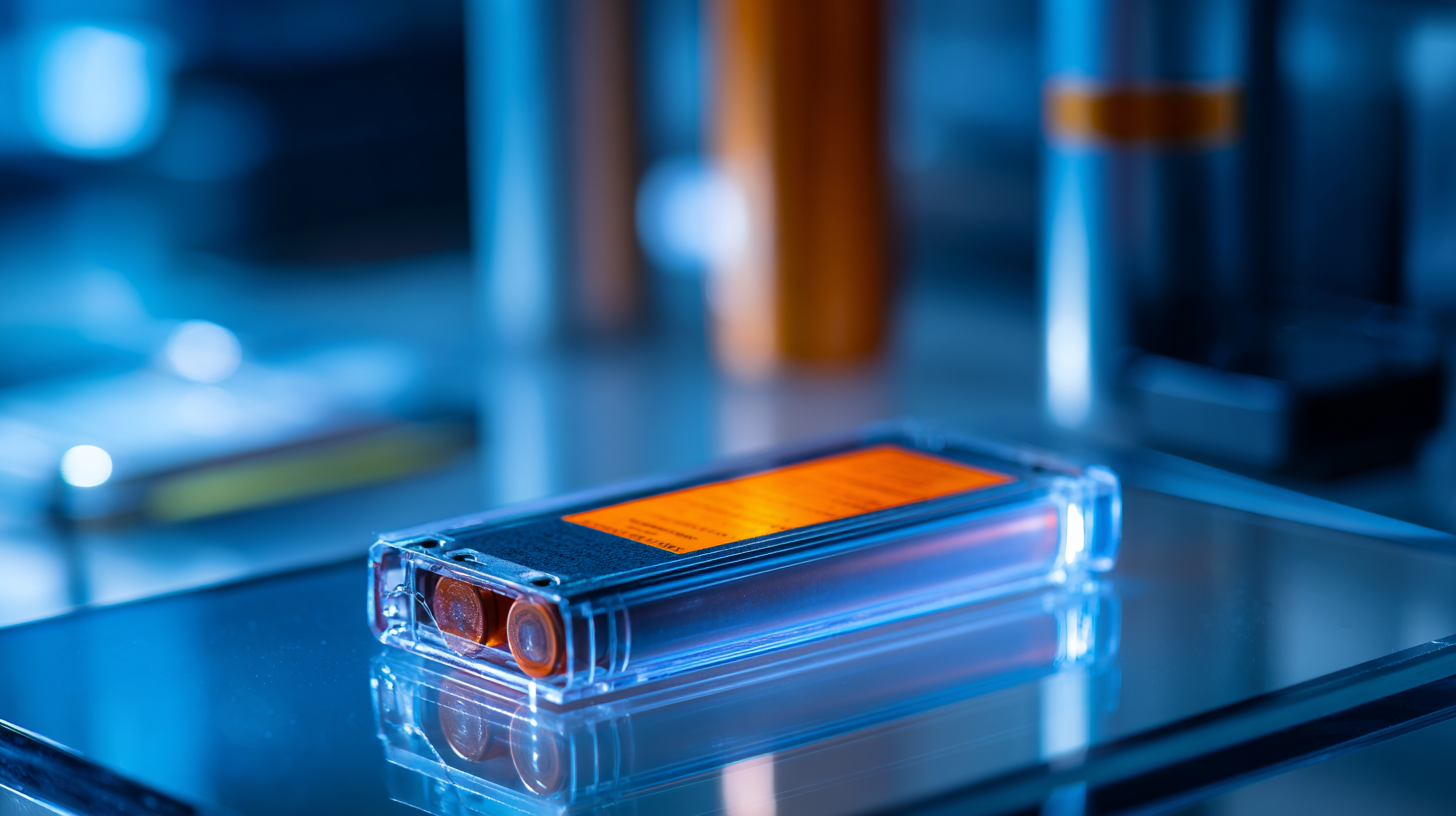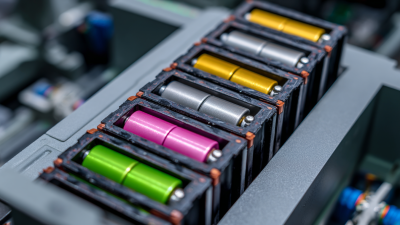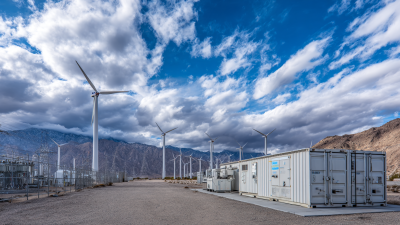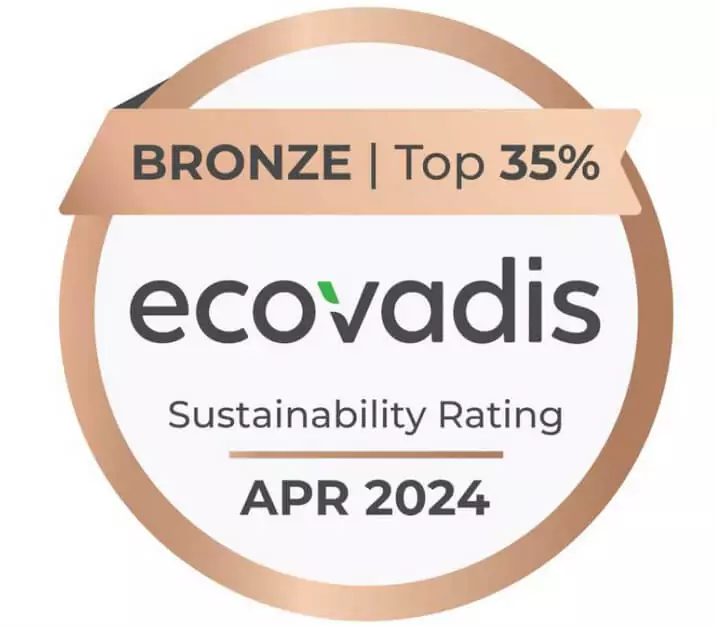Unlocking the Future: How Lithium Ion Cells Power Innovation in Everyday Tech
In the rapidly evolving landscape of modern technology, the
lithium ion cell stands as a cornerstone of innovation, powering everything from smartphones to electric vehicles.
With its unmatched energy density and efficiency, the lithium ion cell has not only transformed the way we use devices but also paved the way for groundbreaking advancements in various sectors.
As we explore the multifaceted applications and future potential of these rechargeable batteries, it becomes evident that their role extends far beyond mere power supply;
they are integral to the development of smarter, more sustainable technologies.
This exploration will delve into the ways lithium ion cells are fueling innovation, enhancing user experiences, and addressing pressing global challenges, thus unlocking a future where technology and sustainability go hand in hand.
The Evolution of Lithium-Ion Technology in Consumer Electronics
The evolution of lithium-ion technology has been a game changer in the realm of consumer electronics, transforming the way we interact with our devices. Initially developed in the early 1990s, lithium-ion cells swiftly replaced heavier and less efficient battery types, offering greater energy density and longer life cycles. This innovation enabled manufacturers to design sleeker, lighter gadgets, paving the way for a new generation of portable technology. Today, devices such as smartphones, laptops, and wearables heavily rely on these batteries, allowing users to enjoy enhanced performance and mobility.
As technology continues to advance, the development of lithium-ion cells is also evolving. Researchers are exploring new materials and chemistries to improve safety, charging speed, and sustainability. Innovations like solid-state batteries hold the promise of significantly higher energy densities, potentially extending the range of electric vehicles and extending usage times for everyday devices. This ongoing evolution not only enhances consumer convenience but also plays a crucial role in the push toward sustainable energy solutions, showcasing how lithium-ion technology remains at the forefront of innovation in consumer electronics.
Unlocking the Future: How Lithium Ion Cells Power Innovation in Everyday Tech
| Technology |
Application |
Battery Life (Hours) |
Charging Time (Hours) |
Cycle Life (Charges) |
| Lithium Cobalt Oxide (LCO) |
Smartphones |
10-12 |
1.5 |
500 |
| Lithium Iron Phosphate (LFP) |
Electric Vehicles |
300-400 |
6 |
2000 |
| Lithium Nickel Manganese Cobalt (NMC) |
Laptops |
8-10 |
2 |
1000 |
| Lithium Polymer (LiPo) |
Drones |
20-30 |
1 |
300 |
| Lithium Nickel Cobalt Aluminum Oxide (NCA) |
Grid Storage |
100-150 |
4 |
5000 |
Current Market Trends: Growth and Demand for Lithium-Ion Cells
The lithium-ion battery market is experiencing significant growth, driven by increasing demand across various sectors such as
electric vehicles,
consumer electronics,
and
energy storage solutions.
By 2025, the global lithium-ion battery industry is projected to reach a shipping volume of
1,175 GWh in China alone, highlighting the country’s pivotal role in this expanding market.
Additionally, the lithium-ion battery recycling sector is expected to surge, with a forecasted growth from
$3.79 billion in 2023 to an impressive
$23.21 billion by 2032, reflecting a robust compound annual growth rate of
22.75%.
As we look towards the future, the aircraft battery market demonstrates promising potential as well, with projections indicating growth from
$6.63 billion in 2025 to
$10.3 billion by 2033, which translates to a compound annual growth rate of
6.51%. The increasing focus on sustainable energy solutions is further catalyzing advancements in
lithium-ion battery recycling, while the overall
lithium mining market is set to expand substantially from an estimated
$1.57 billion in 2025 to over
$2.84 billion by 2035, underscoring the vital role lithium resources play in empowering
innovative technologies.
Key Applications of Lithium-Ion Batteries in Smart Devices
Lithium-ion batteries have become the backbone of innovation in smart devices, powering a myriad of applications that are integral to our daily lives. From smartphones to wearable technology, these batteries provide the energy necessary for functionality while maintaining a lightweight and compact form factor. Their rapid development and efficiency underscore their importance in the ongoing evolution of consumer electronics. The global market for thin film batteries, expected to soar to $780 million by 2032, highlights the significant role of lithium-ion technology in cutting-edge devices aimed at enhancing user experiences.
Tips: When choosing a device powered by lithium-ion batteries, consider factors such as battery life, charging speed, and overall energy efficiency. This will ensure that you select a product that best fits your daily needs while also keeping sustainability in mind.
Moreover, the integration of advanced battery technologies into medical implants and IoT devices is transforming healthcare and connectivity. As we look ahead, the ongoing advancements in lithium-ion batteries will continue to unlock new possibilities in various sectors, shaping the future of technology as we know it.
Tips: Stay informed about emerging battery technologies and their applications in new devices, as this knowledge can help you make choices that leverage the latest innovations for better performance and longer-lasting energy solutions.

Environmental Impact and Sustainability of Lithium-Ion Battery Production
The production of lithium-ion batteries has become a cornerstone of modern technology, powering everything from smartphones to electric vehicles. However, the environmental impact of battery production raises significant concerns. The extraction of lithium, often sourced from salt flats and mining operations, can lead to water depletion and ecosystem disruption. Additionally, the mining process frequently involves the use of toxic chemicals, which pose risks to local communities and wildlife.
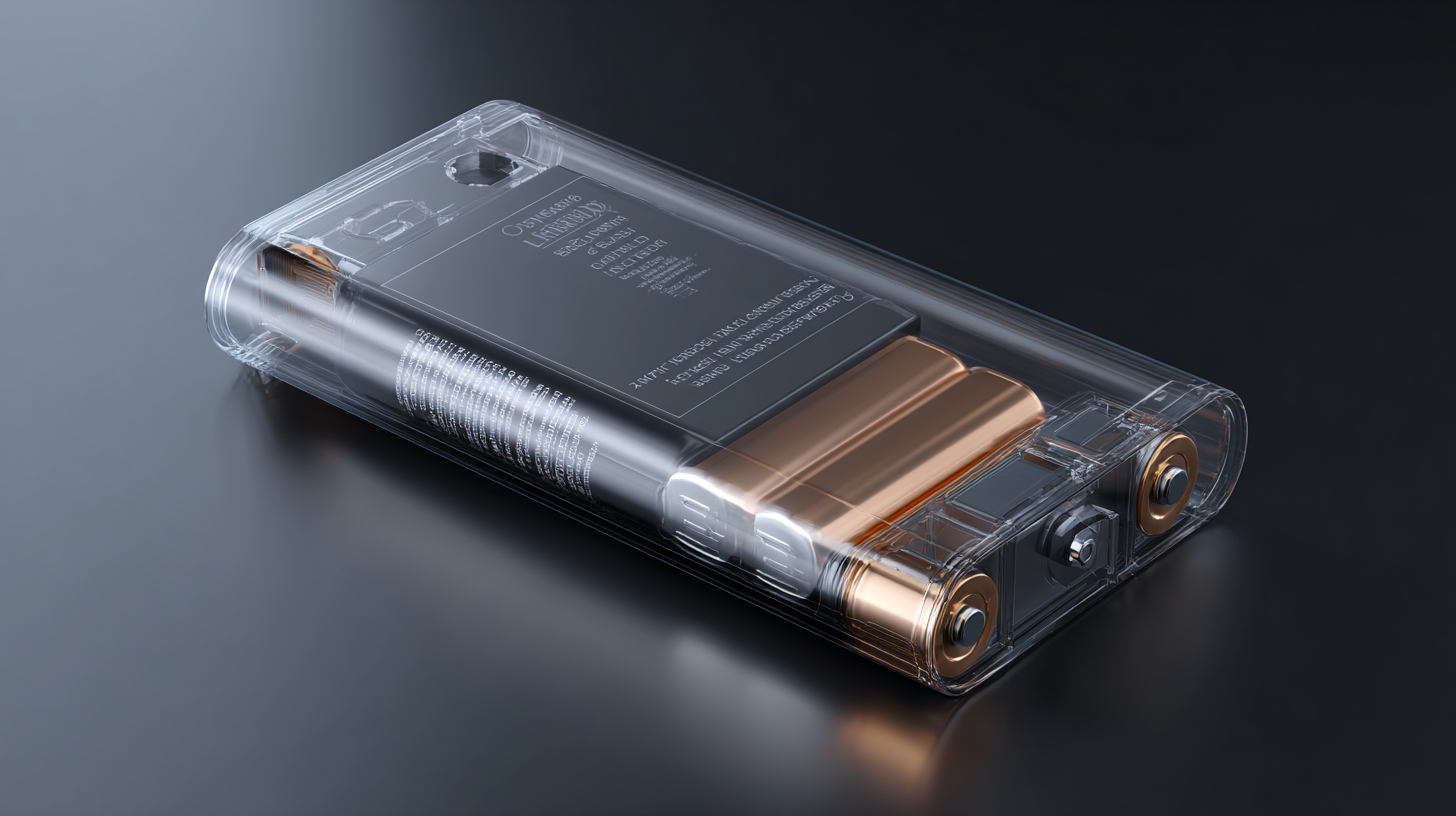
Sustainability in lithium-ion battery production is critical to addressing these environmental challenges. Innovations in recycling methods can help mitigate the negative effects associated with battery disposal and reduce the demand for newly mined materials. Furthermore, researchers are exploring alternative materials and more efficient production processes that minimize waste and energy consumption. Emphasizing sustainable practices in the lithium-ion battery supply chain is essential for ensuring that the benefits of this technology do not come at the expense of our planet's health.
Future Innovations: Emerging Technologies in Lithium-Ion Cell Development
As we delve into the future innovations surrounding lithium-ion cell development, it's fascinating to see how these powerful energy sources are continually evolving. Emerging technologies are paving the way for enhanced performance, longevity, and safety in everyday gadgets. Researchers are exploring solid-state batteries, which promise greater energy density and reduced risk of fire. This advancement could radically change everything from smartphones to electric vehicles, making them more efficient and reliable.
Tips for consumers include staying informed about the latest battery technologies, as advancements can impact device performance and longevity. Opting for devices that utilize cutting-edge lithium-ion technology can enhance user experience, along with potentially reducing energy costs. Furthermore, understanding proper charging practices can help extend the lifespan of these batteries, ensuring they operate at peak efficiency.
Another exciting development is in the area of recycling and sustainability of lithium-ion cells. By innovating recycling processes, we can reduce waste and secure materials for future battery production. This not only helps the environment but also supports a circular economy. Users can look for products from manufacturers who prioritize sustainable practices, allowing them to contribute to a greener future while enjoying the benefits of advanced technology.

